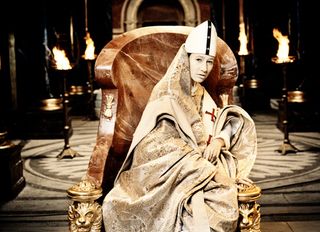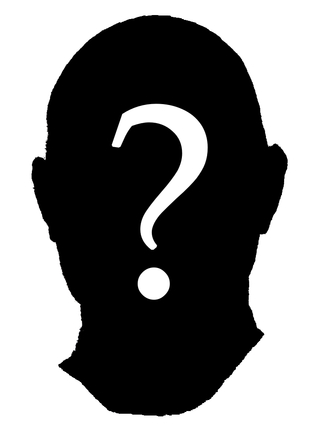
Will he be a Benedict? A John Paul? A Pius? A Leo? Something else entirely?
I wanted to let you know about a special study I did last year on what name the next pope would choose.
Normally, I use these Secret Info Club emails to send you fascinating information of a timeless nature, but with the cardinals holding a conclave, this study is particularly timely, and I thought you’d like to know about it.
Several years ago, when John Paul II died, I began looking at the history of the names popes have chosen, and I was startled to see the patterns that exist.
The popes themselves probably haven’t been fully aware of these patterns.
What I learned was that the name of the next pope is quite a bit more predictable than you would imagine. It’s even possible to assign probabilities.
Last year, on a lark, I put the study out as an ebook, though I never advertised it.
It’s available for Kindle, Nook, and on the Apple iBookstore for just $2.99.
Click here to learn more about it.
It covers a lot of fascinating things, including:
- What names will be on the “short list” that the next pope considers, and what are the odds he will pick a particular name?
- What is the one name that the next pope will definitely not pick, no matter what?
- Why do popes sometimes feel the need to “shake up” the pool of pope names?
- What are the signs that we are living in a “shake up” period right now?
- What pope was named after a pagan god?
- What man actually served as pope three times?
- Why is there no Pope Stephen II?
And a lot more! I tried to pack as much value into the little ebook as I could!
I hope you’ll check it out and that you’ll find the history of pope names as fascinating as I did when I began looking into it.
You can read more at www.PopeNamesBook.com or get a copy through one of these links:
- Click here to get Pope Names for Kindle.
- Click here to get Pope Names for iBooks.
- Click here to get Pope Names for Nook.
I also hope you’ll join me in keeping the cardinals in prayer as they select our new pope.










